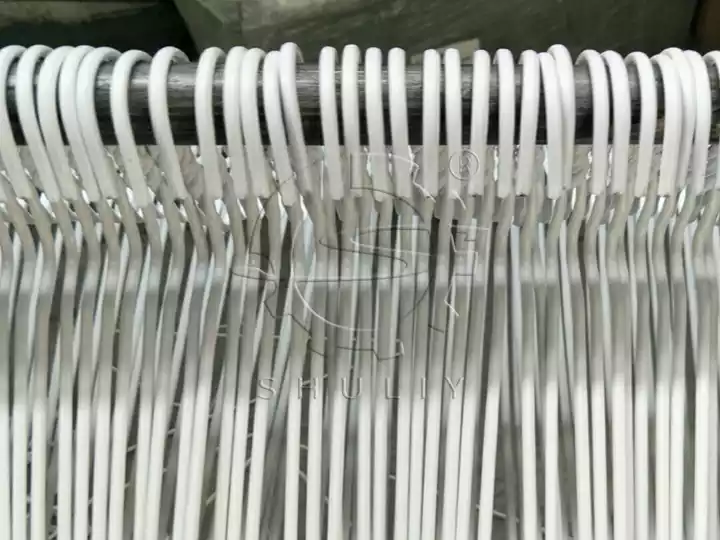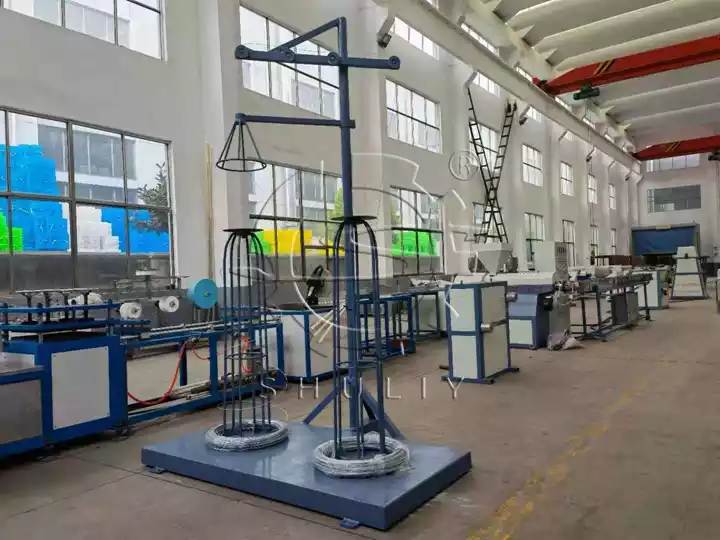As the quality of daily life improves, people demand greater durability, aesthetics, and environmental performance from hangers. The advent of hanger machines has enabled efficient, high-standard production of wire hangers. Among the key processes, wire surface coating technology has emerged as a crucial breakthrough for enhancing product competitiveness.

Balancing efficient forming with surface protection
Traditional hangers are prone to rust, scratches, or deformation during use. Modern hanger machines, however, utilize precision molds and automatic speed control systems to ensure accurate wire bending and uniform dimensions.
Simultaneously, to prevent oxidation, these machines typically employ galvanized, nickel-plated, or powder-coated wire, significantly extending product lifespan.
This process integrates forming and protection, enabling seamless production from raw wire to finished hangers. It not only boosts efficiency but also ensures each hanger features a smooth surface free of burrs or rust spots.

Diverse coatings cater to market demands
Different coating materials impart distinct properties to hangers:
- Galvanized coating: low-cost with strong rust resistance, the most common economical choice.
- Nickel-plated coating: features a lustrous finish and excellent wear resistance, suitable for high-end hangers.
- PVC, nylon, and PET coatings: offer a soft texture, slip resistance, and durability, ideal for garment care and dry cleaning applications.
Among these, PET coating technology is increasingly adopted by wire hanger manufacturers due to its low cost and superior corrosion resistance and slip prevention properties, establishing it as the current mainstream eco-friendly coating solution.
Automated wire hanger machinery
Hanger machines not only automate wire feeding, cutting, bending, and forming but can also integrate with coating equipment to form fully automated production lines.
Certain models incorporate intelligent control systems that automatically adjust production parameters based on wire diameter and coating type, ensuring consistent quality across batches.
This integration of automation and intelligence significantly reduces labor costs, boosts output, and facilitates standardized product quality—empowering enterprises to achieve scalable, brand-driven growth.
Conclusion
Amidst the global trend prioritizing both environmental sustainability and quality, adopting high-efficiency hanger machines and eco-friendly coating technologies has become the new direction for industry development. This approach not only meets consumers’ dual demands for aesthetics and durability but also creates higher market value for manufacturing enterprises.

